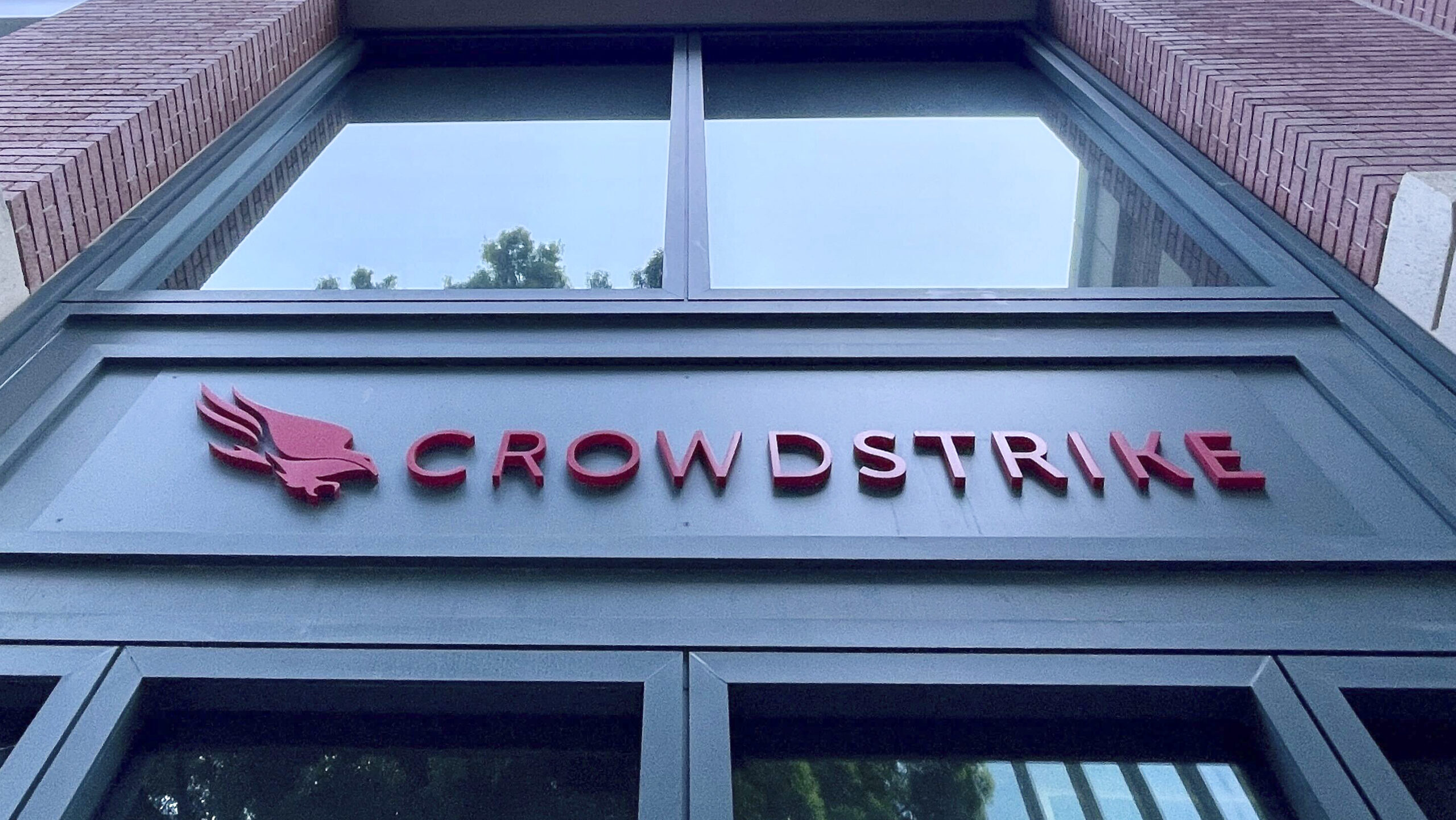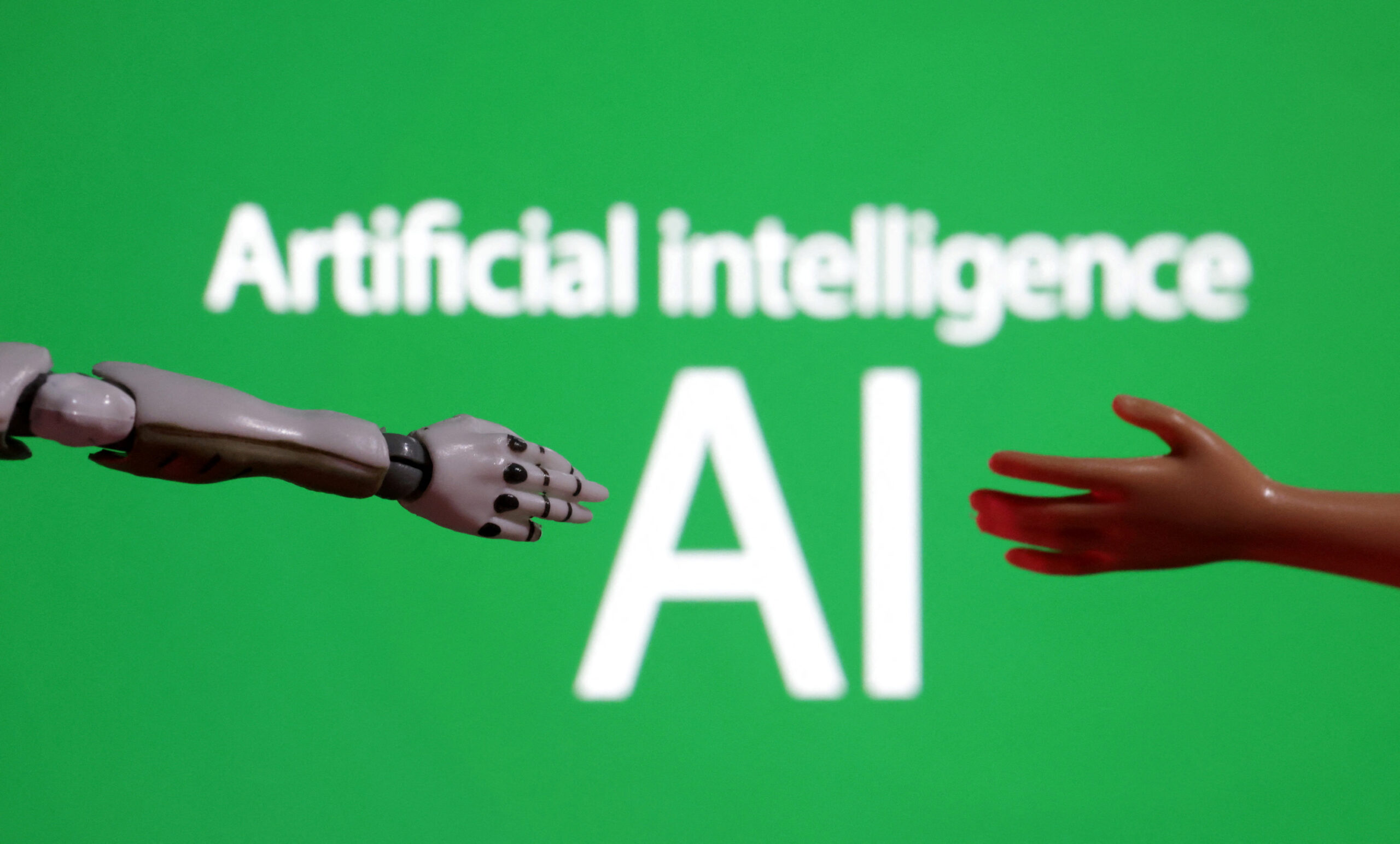
The Potential Impact of AI on GDP by 2030
Artificial Intelligence (AI) is already en-route to disrupt a host of industries that will directly or indirectly affect countries, companies, workers, and ultimately, their global economy and gross domestic product (GDP). A study conducted by global management firm McKinsey & Company stimulated an estimated USD 13 trillion as the potential impact that AI will have on global GDP by 2030.
Another global firm PwC suggested up to $15.7 trillion as the result of AI disruption contributing to the overall global economy by 2030. As AI is hurtling at a lightning-fast speed adopting and absorbing how people think and work, we wanted to explore the potential impact that AI would have on developing/developed countries, companies, and employees among others.
AI has a Large Potential for Global Economic Activity

Image via Investopedia
The folks at McKinsey Global Institute considered five broad categories: computer vision, virtual assistants, robotic process automation, natural language, and advanced machine learning capabilities.
The study mentions how there are companies that are or will adopt one of the aforementioned technologies estimated at 70% of the lot. A major chunk of companies will seize the AI opportunity to adopt all five categories of AI in their business while the rest will be in-between aka the partial adopters.
Reaching the High of $13 Trillion Contributing to Ever-growing Global GDP
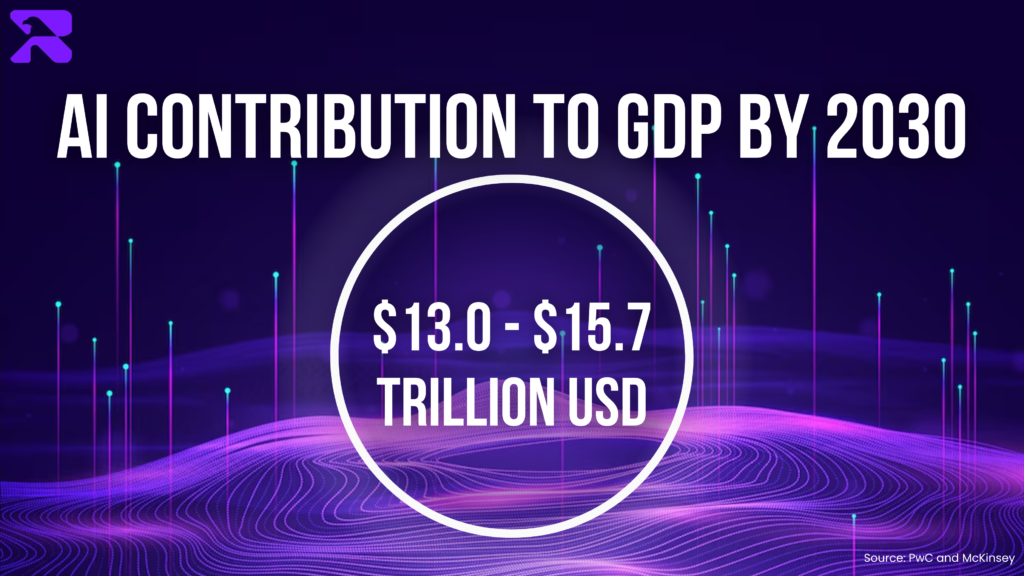
According to McKinsey, companies adopting these AI technologies bore the potential of delivering $13 trillion additional to global economic activity by 2030. For context, this is 1.2% of the additional GDP growth accumulated per year.
The report further mentions how factors such as ever-growing competition, innovation, automating labor, and AI-driven productivity will be on the rise. The researchers have estimated AI to follow an S-shaped curve with slow adoption at the beginning citing substantial adoption costs followed by a downward slope in a few years as the AI technologies reach their saturation levels.
AI Potential in the Middle East
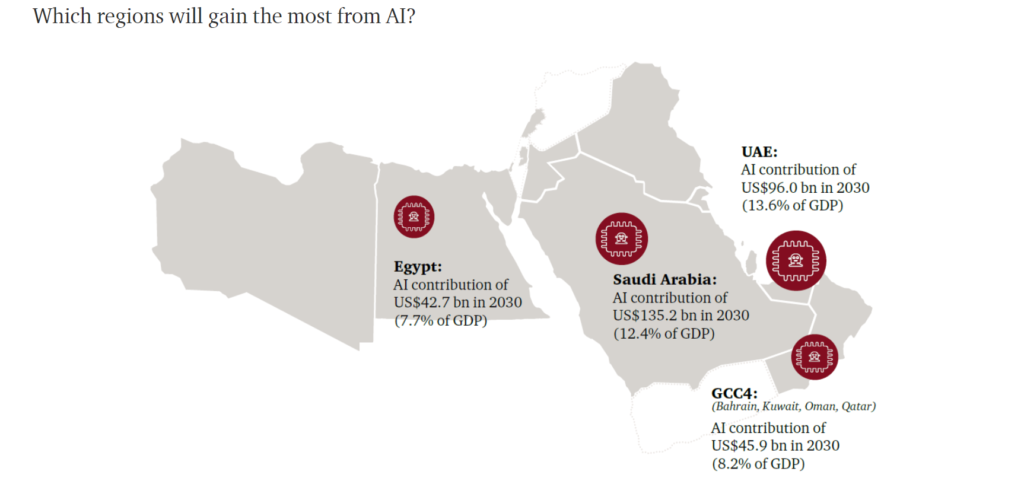
Image Credits: PwC
There are more than 200 countries in the world each trying to adopt AI in their ways possible. According to PWC, the potential impact that AI could have in the Middle East by 2030 is estimated at US$320.
Governments and private companies are joining forces to realize the AI transition to rechristened their respective countries as AI-first. For instance, Dubai’s Crown Prince Sheikh Hamdan recently appointed 22 Chief AI Officers across various government entities in the city to create advanced solutions using AI as the cornerstone. This mega move will cement Dubai’s ambitions of adopting and reshaping its future using AI operations to facilitate its residents and make Dubai a future-ready city and a global AI hub.
Circling back to PWC’s findings, it estimated Saudi Arabia will contribute US$135.2 billion ($12.4%) in 2030 to their economy while the UAE will close in at the largest at US$96.0 (or 13.6%) of their GDP in 2030.
Adopting AI across industries has the potential to fundamentally disrupt markets. One could easily create new business models and innovative services thanks to the advent of AI unlocking more possibilities as we move towards an AI future.
By country, China currently states as the leader in AI to GDP as pictured, followed by North America, the UAE, Kingdom of Saudi Arabia, among others.

How AI Could Affect Companies & Industries?
More than 70% of the companies worldwide will adopt at least one of the AI technologies by 2030 while others will either adopt not at all or all of them.
In any case, companies adopting AI technologies initially would get a headstart in terms of opportunities it unlocks compared to those who may not adopt all or none of the technologies by 2030. The frontrunners are expected to gain net cash-flow growth by 6% while non-adopters might see a comparative decline in cash flow.
Adopting AI technologies would also result in a performance and capabilities gap between front-runners and others given the massive opportunities AI offers including tech such as NLP, Computer Vision, and Machine Learning, among others.
According to the International Data Corporation (IDC), the financial sector will see the biggest rise in AI opportunities by 25% reaching US$38 billion by 2030. Construction and manufacturing will reportedly take the lead with US$99 billion as an absolute contribution by AI in 2030 followed by Energy, Utilities, and Resources at US$78 billion.
How AI Could Affect Workers?

Image via TalentLMS
When it comes to the workers or employees, AI disruption could widen the gap between employment and unemployment. This is because AI can handle any repetitive and hyper-intensive jobs while humans will be responsible for jobs that involve more cognitive and social skills. More so, workers will have to upskill themselves and gain digital skills to stay competitive as companies deploy AI across various job functions including surveillance, stocking, logistics, manufacturing, etc.
As employment and wages are related, people responsible for repetitive behavior might wage war with those sporting digital skills. Another potential impact could be a surplus of the supply of those without digital skills.
Wrapping Up
In the long run, AI will triumph in every use case possible. It has the potential to penetrate every sector, industry, and company delivering productivity and performance-laden applications. Companies should potentially look at the long-term benefits of implementing AI rather than short-term ones given the initial upfront investment it would take to go AI.
Perhaps, companies should also accommodate solutions to upskill people to hone AI skills that would allow workers to channel their employability into the ever-changing job market.
By 2030, we will see a colossal jump in AI use cases and applications as it is estimated to accelerate global GDP by US$13 to $US15.7. Of course, these features are tentative and the real figure might exceed the expected proving instrument for the overall growth of the global economy for sure.
Helping You Make The Most of AI
We at RA Technologies are actively working with companies in implementing their AI applications across various functions and operations. AI does have the untapped potential to increase performance, productivity, streamline strategy, and beyond.
Call us at 0 4210 1900 to know how we at RA Technologies can assist you with AI for your business. Visit www.rasoc.ae for more information on our products and services.
Sources:




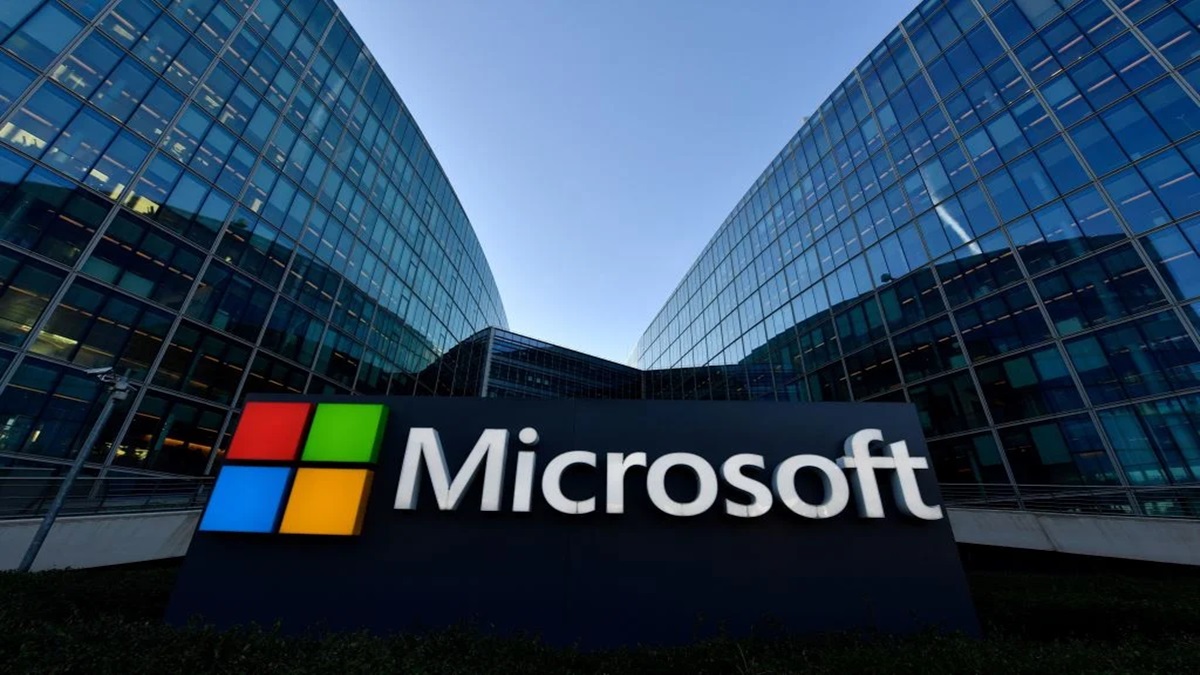
 July 31, 2024
July 31, 2024